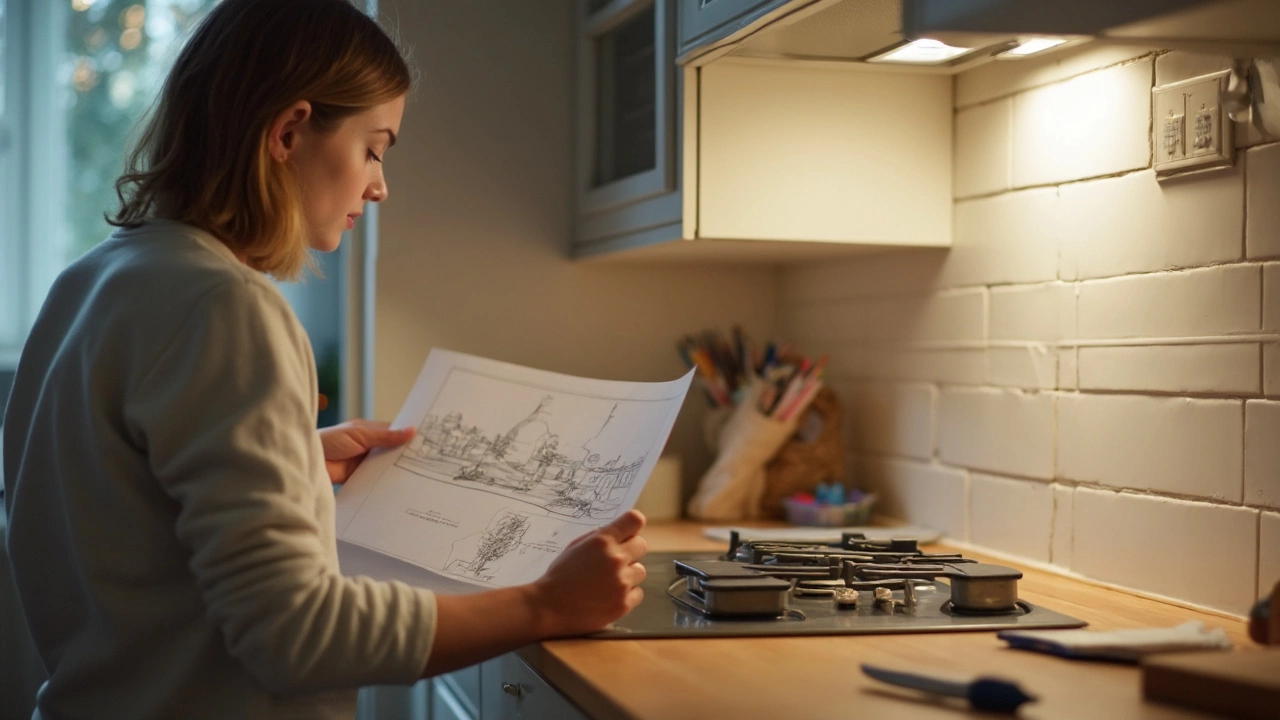Electric Hob Repair: Quick Fixes & When to Call a Pro
If your electric hob stops heating or you’ve got burnt spots, you’re probably wondering how to get it working again without a huge bill. The good news is many problems are easy to spot, and you can often fix them yourself. Below we walk through the most common issues, simple DIY steps, and the signs that it’s time to call a professional in South Shields.
Common Electric Hob Problems
First, let’s look at the usual culprits. The hottest part of any electric hob is the heating element. If the element burns out, the zone won’t get hot. Another frequent issue is a faulty switch or a broken thermostat that stops the hob from turning on. Sometimes food or liquid seeps under the glass surface, causing short‑circuits or leaving permanent stains that look like a burnt area.
Typical symptoms include:
- One or more zones not heating up.
- Clicking noises when you turn a knob but no heat.
- Visible cracks or scorch marks on the glass top.
- The whole hob shuts off after a short time.
Most of these signs point to either a damaged element, a loose connection, or a control board problem. Identifying which zone is affected will help you decide the next step.
DIY Fixes and Safety Tips
Before you start, always switch off the power at the mains. A quick test with a voltage tester can confirm the hob is dead. Once you’re safe, follow these steps:
- Check the element. Remove the hob’s top panel (usually a few screws) and locate the faulty zone. Use a multimeter set to continuity; a reading of zero means the element is broken and needs replacement.
- Clean burnt spots. If the glass is only scorched, let it cool, then spray a mixture of water and white vinegar. Rub gently with a non‑abrasive pad. For stubborn marks, a paste of baking soda and water works well. Never use steel wool – it scratches the surface.
- Inspect the switches. Turn the knob to the ‘off’ position, remove the control cap, and look for loose wires or burnt contacts. Tighten any loose terminals and replace any visibly damaged switches.
- Replace the element. If the element is faulty, order the exact model (check the part number on the back of the hob). Fit the new element, reconnect the wires, and reassemble the hob.
If after these steps the hob still won’t work, the problem might be the electronic control board. That part is costly to replace and usually needs a qualified technician.
Safety tip: Never work on a hob that shows signs of water damage or arcing. These issues can be dangerous and are best handled by a certified repair service.
When you’re unsure, a local South Shields repair company can diagnose the problem quickly. They have the tools to test the board, replace parts, and give you a clear cost estimate. Most companies offer same‑day service for common faults, so you won’t be without a working hob for long.
In summary, many electric hob issues are simple to identify and fix. Start with the element and switches, clean any scorch marks, and always turn off the power before you begin. If the problem persists, call a professional to avoid safety risks and ensure a reliable repair.
